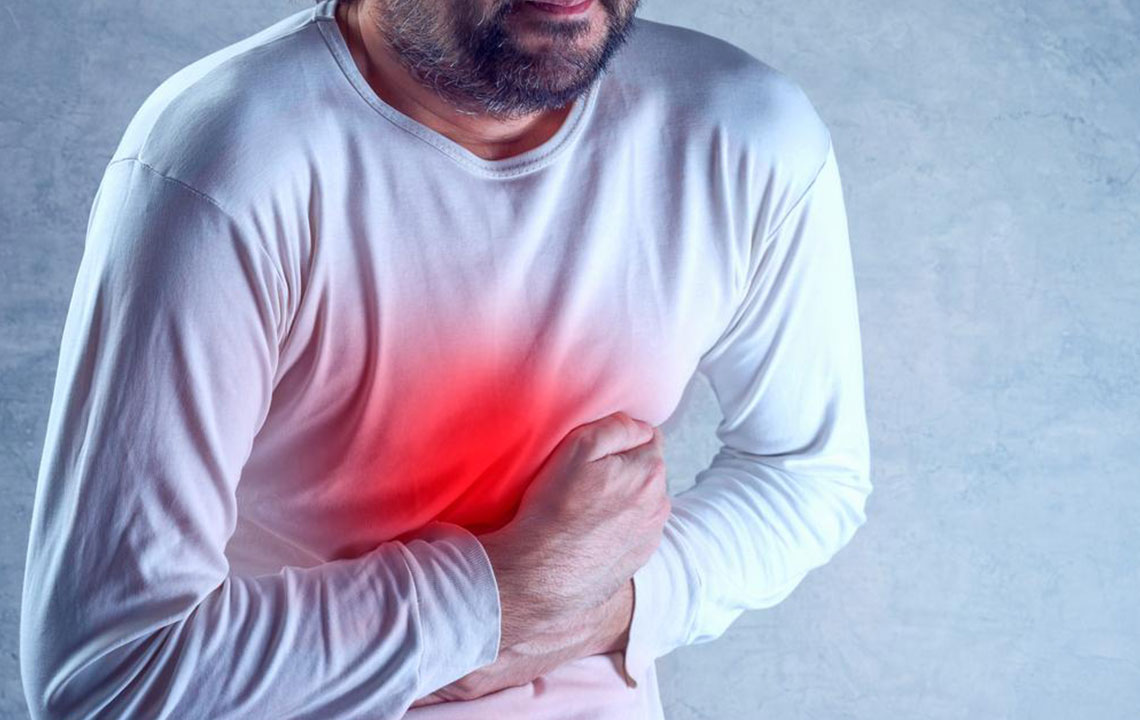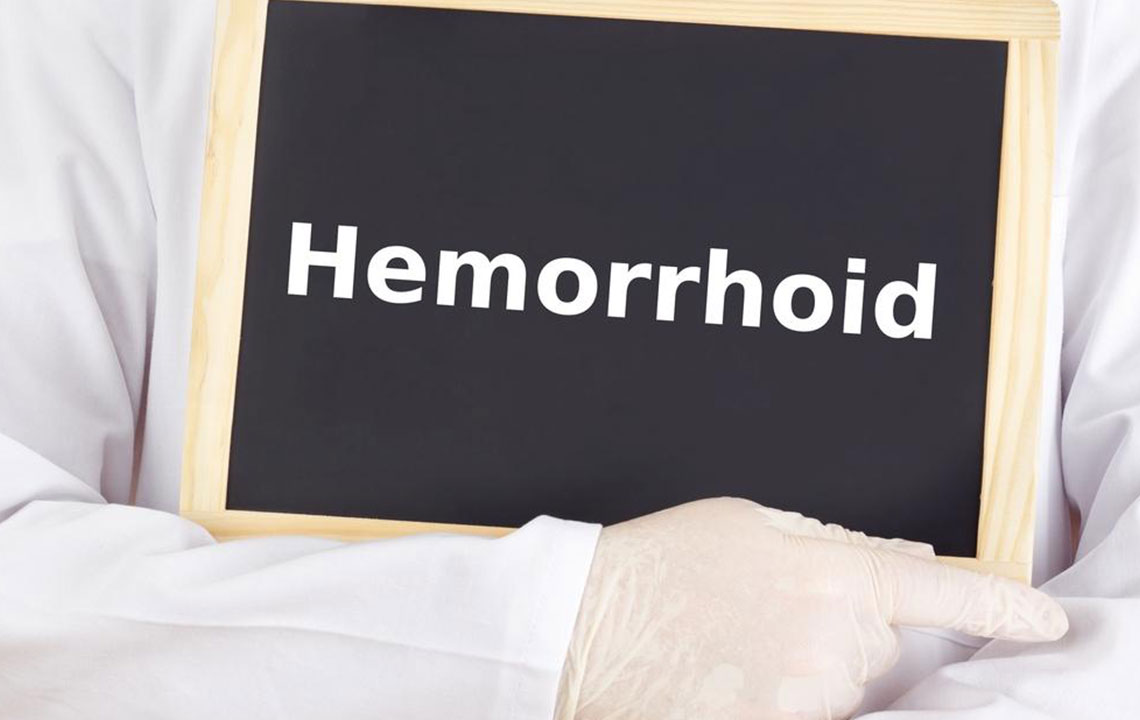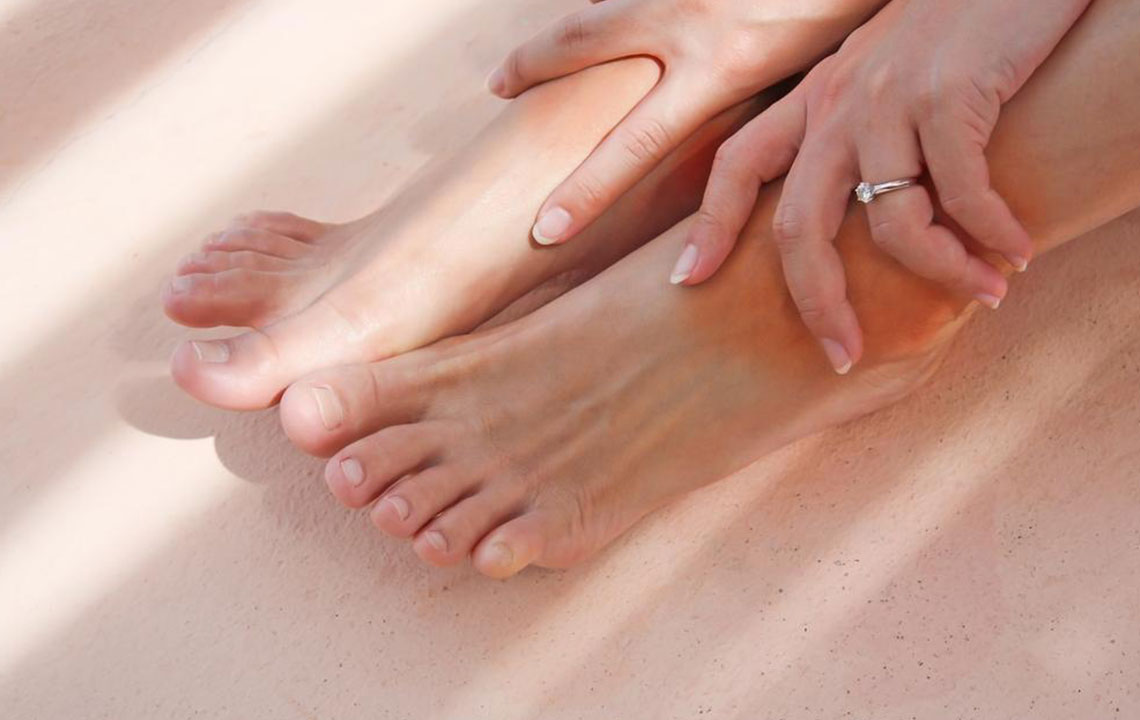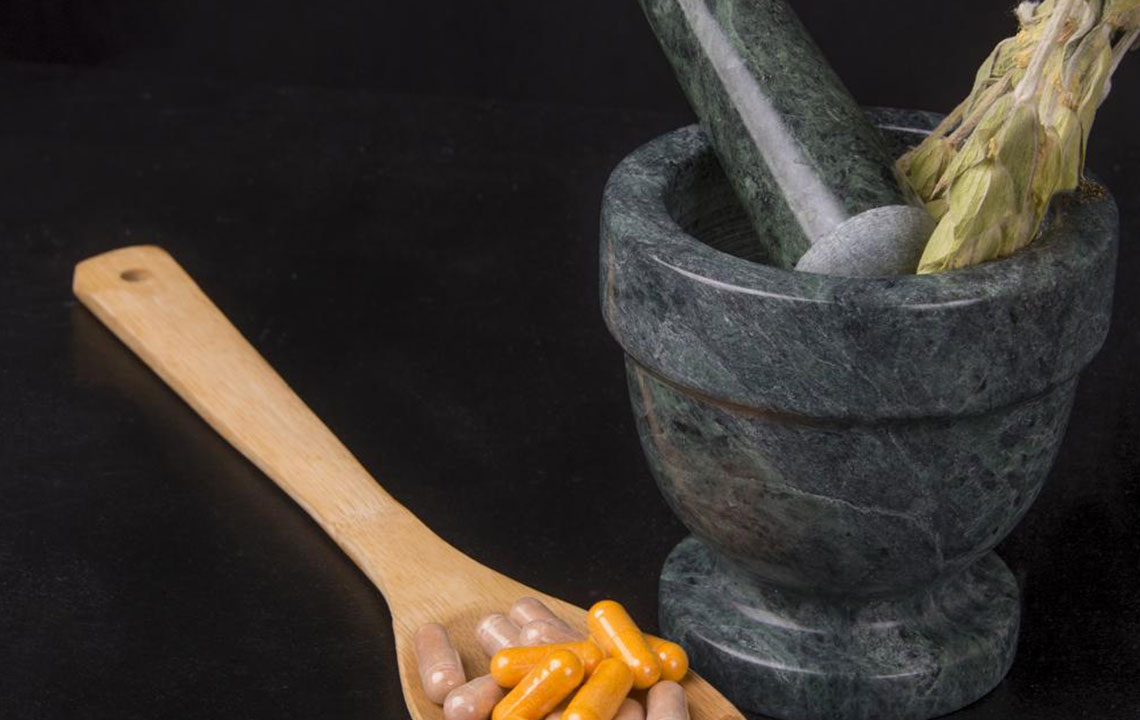Comprehensive Strategies for Managing and Healing Hemorrhoids
This article explores effective methods for treating and managing hemorrhoids, including home remedies, topical treatments, minimally invasive procedures, and surgical options. Early medical consultation is emphasized for optimal relief. It provides practical advice on diet, hygiene, pain relief, and advanced treatments, making it a comprehensive guide for those seeking relief from hemorrhoid symptoms.

Comprehensive Strategies for Managing and Healing Hemorrhoids
Hemorrhoids are swollen blood vessels located near the rectum and anus, often leading to rectal bleeding. While not life-threatening, they cause significant discomfort and pain, especially during bowel movements. Fortunately, there are effective home remedies and medical procedures available to treat and heal hemorrhoids.
What are the best methods to treat hemorrhoids?
Home care remedies
Mild symptoms can often be alleviated with simple at-home treatments. These strategies are frequently enough to manage and resolve hemorrhoids.
Dietary adjustments: Incorporate more fruits, vegetables, and whole grains that are high in fiber.
High-fiber foods soften stool and increase its bulk, reducing straining during bowel movements—a primary cause of hemorrhoids. Gradually adding fiber prevents bloating and gas.
Sitz baths and warm soaks: Soaking the anal area in warm water for 10–15 minutes, three times daily, can ease pain and inflammation. Using a sitz bath fitted onto the toilet simplifies this process.
Topical applications: Over-the-counter creams with hydrocortisone or numbing agents like witch hazel pads may provide relief.
Maintaining hygiene is essential. Use gentle, moist wipes instead of dry toilet paper, and keep the anal area clean and dry by bathing daily with warm water. Pat dry gently, avoiding perfumes or alcohol-based products.
Pain management: Taking over-the-counter pain relievers such as acetaminophen or ibuprofen can temporarily ease discomfort.
Cold therapy: Applying an ice pack or cold compress can reduce swelling and relieve pain.
Advanced treatments:
External thrombectomy: If a blood clot develops, a doctor can perform a simple incision to remove it within 72 hours for quick relief.
For persistent or severe hemorrhoids, minimally invasive procedures may be suggested. These treatments are usually outpatient and do not require anesthesia.
Rubber band ligation: The doctor places a rubber band around the hemorrhoid's base, cutting off blood flow so it shrivels and falls off within a week. This may cause discomfort and minor bleeding.
Injection therapy: Chemical solutions shrink hemorrhoids and are painless but less effective than banding.
Coagulation techniques: Methods using laser, infrared, or bipolar heat cause hemorrhoids to harden and shrink, with minimal side effects. Recurrence risk is higher compared to banding.
When other options fail or hemorrhoids are large and painful, surgical procedures become necessary. These are typically performed in outpatient settings and may involve hospitalization.
Hemorrhoidectomy: The removal of problematic tissue through surgery, offering a definitive solution for severe or recurring hemorrhoids. Postoperative discomfort and urinary issues are common but manageable with medication and warm baths.
Hemorrhoid stapling: This technique involves stapling internal hemorrhoids to restrict blood flow, easing symptoms with less pain and quicker recovery. However, risks include rectal prolapse, relapse, and rare infections.
Consulting a healthcare professional early is vital to prevent complications and choose the most suitable treatment.










